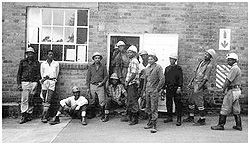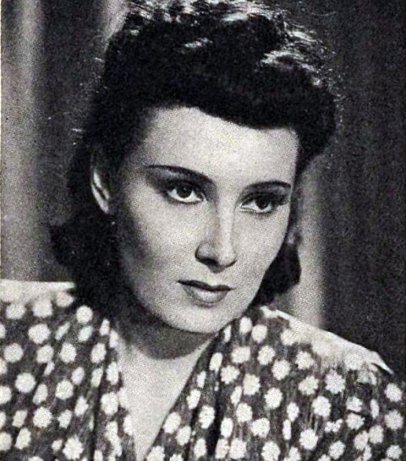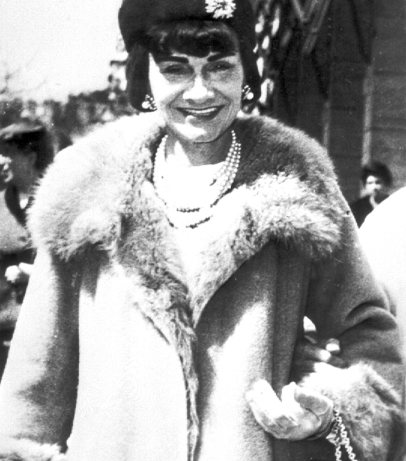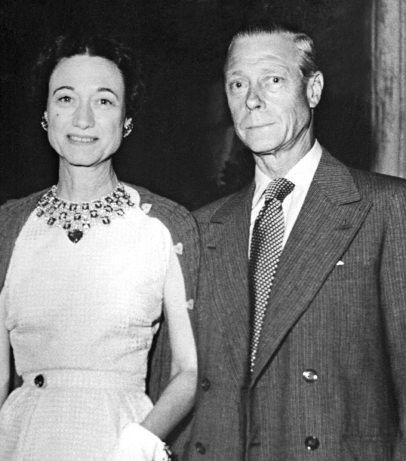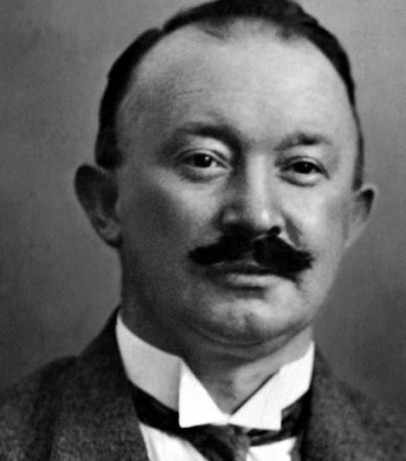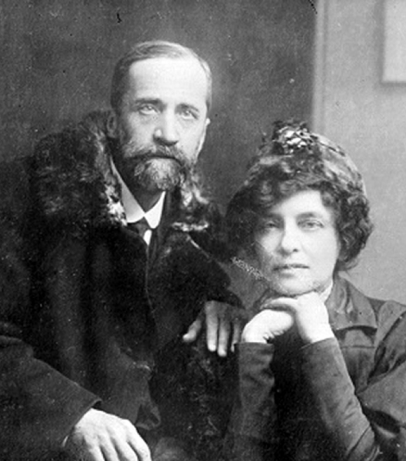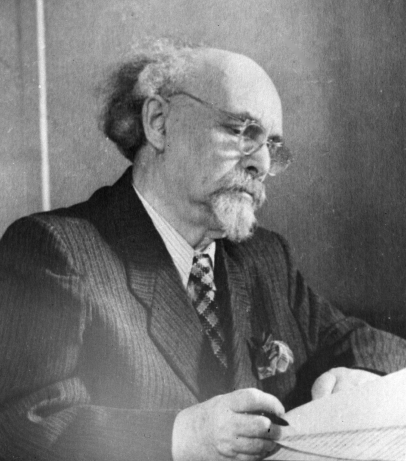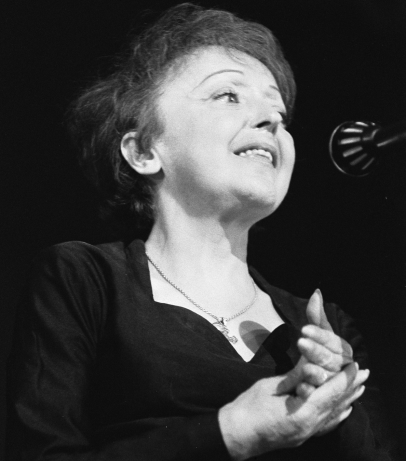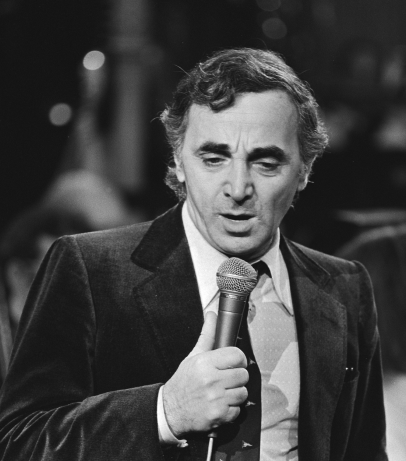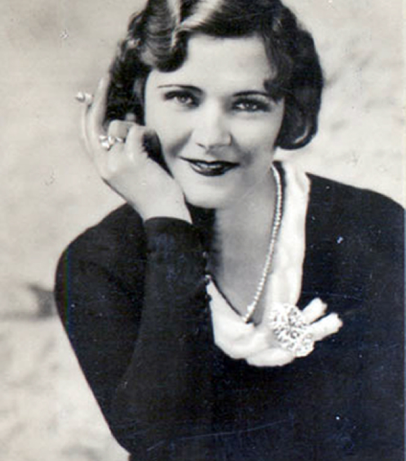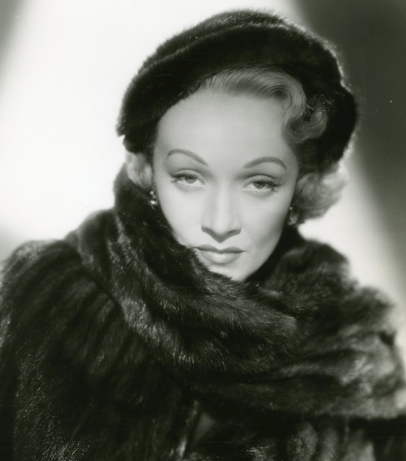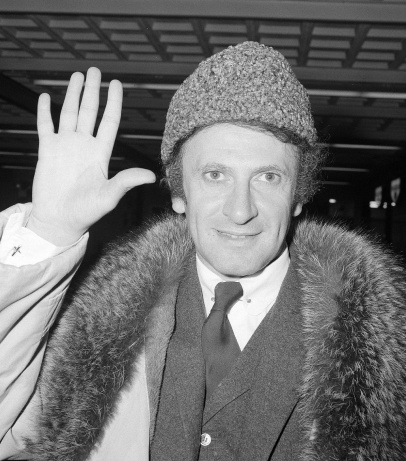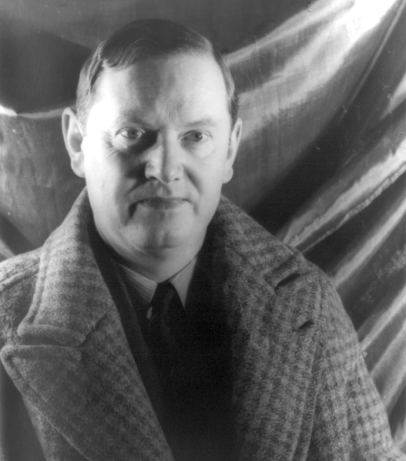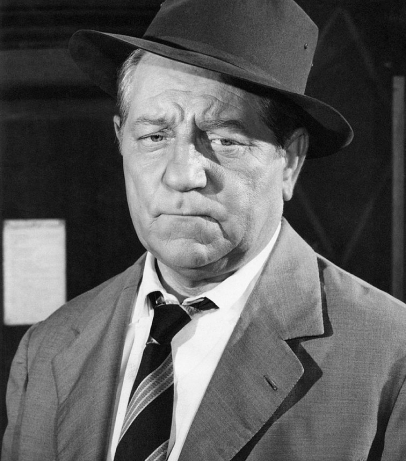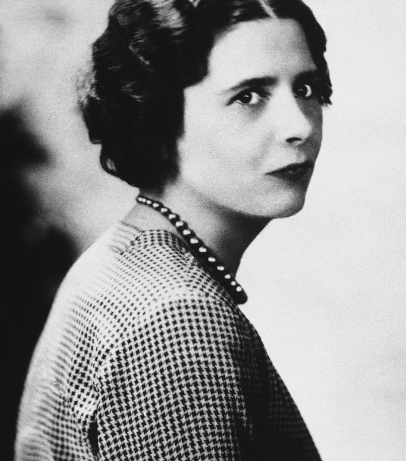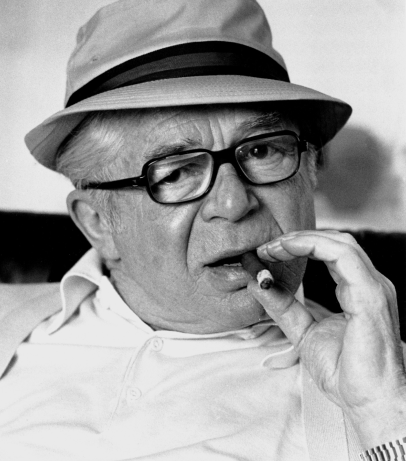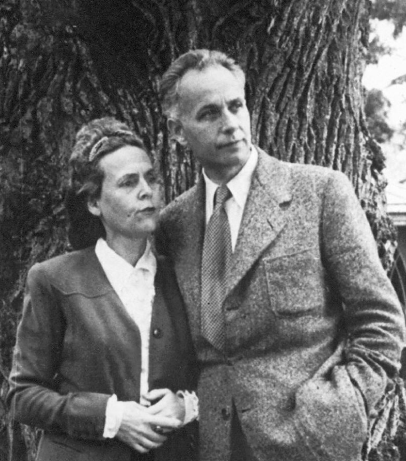On 12 August 1946, the biggest African Mine Workers' Strike in Witwatersrand in the Union of South Africa (now the Republic of South Africa) began.
60,000 workers in Witwatersrand refused to continue working for the miserable wages they were receiving. The miners were extracting gold from the Witwatersrand Ridge (a total of 48,000 tonnes – 40 percent of the gold ever mined – would be extracted from there).
The decision to go on strike was made in Newtown Market Square, in the open air, since no hall where Africans could gather could accommodate all the union representatives. The indignant workers faced unprecedented police brutality; they were beaten with clubs and later attacked with bayonets before finally being shot. The violence reached its climax during the peaceful march on Johannesburg and that is when the first casualties occurred.
A general strike was called on 14 August. The Transvaal Council of Non-European Trade Unions (CONETU) called a rally, which the authorities immediately declared illegal. It was also dispersed by firearms and bayonets.
The strike was to last for about a week and was suppressed by police forces. About 1,250 workers were injured and at least nine killed. During the week, workers and leaders of the ANC, the Communist Party, the Indian and Coloured Congresses, and the trade unions were arrested, tried, imprisoned, and deported.
However, despite the purely economic demands of the protesters, the strike went on to affect a political reshuffle in the Union of South Africa and begin to change the way the miners thought. The National Union of Mineworkers (NUM) would be formed on a new basis and the workers' demands went on to include the abolition of the barbaric apartheid regime.
Source:
Greg Marinovich, “Murder at Small Koppie: The Real Story of the Marikana Massacre”, Cape Town: Penguin, South Africa, 2016
